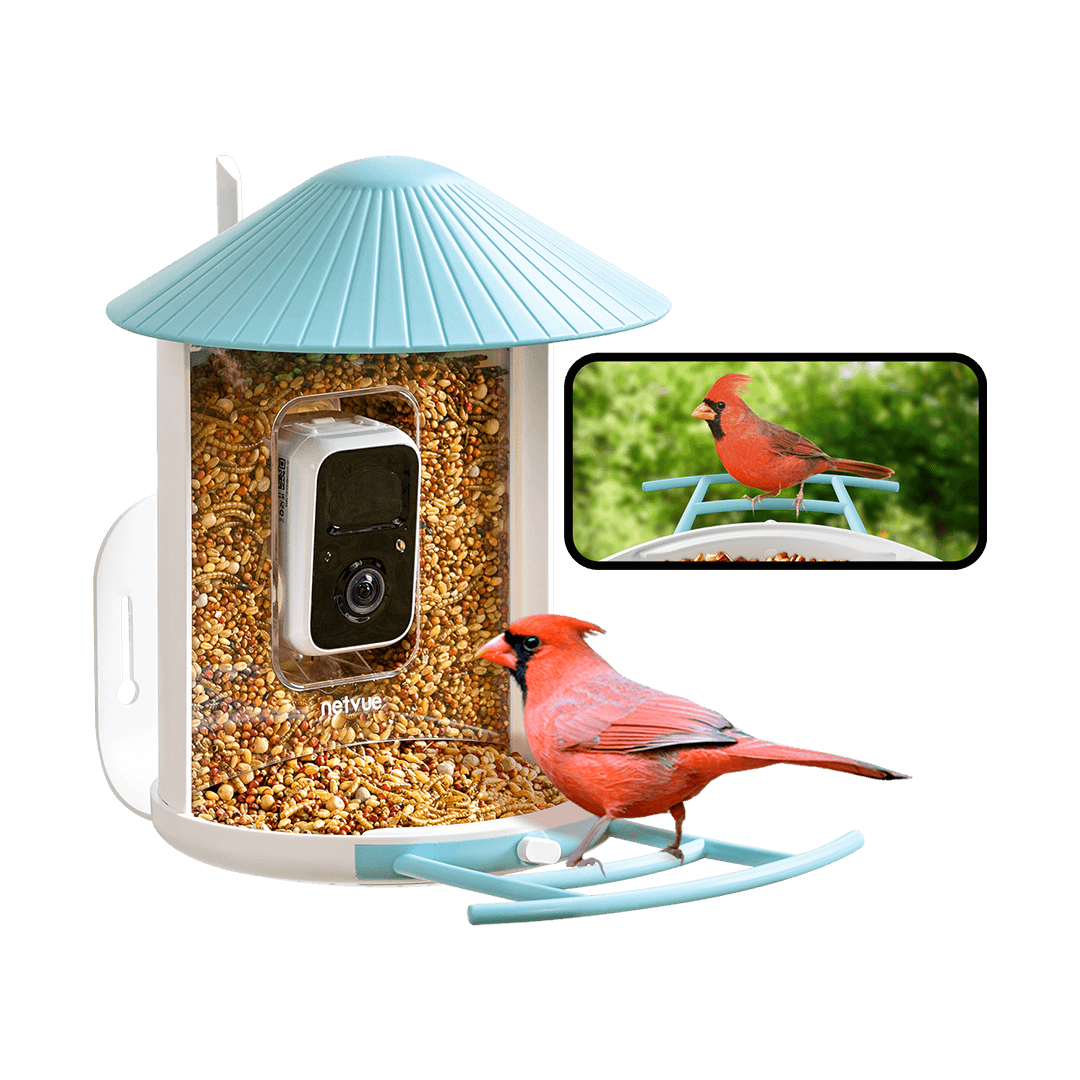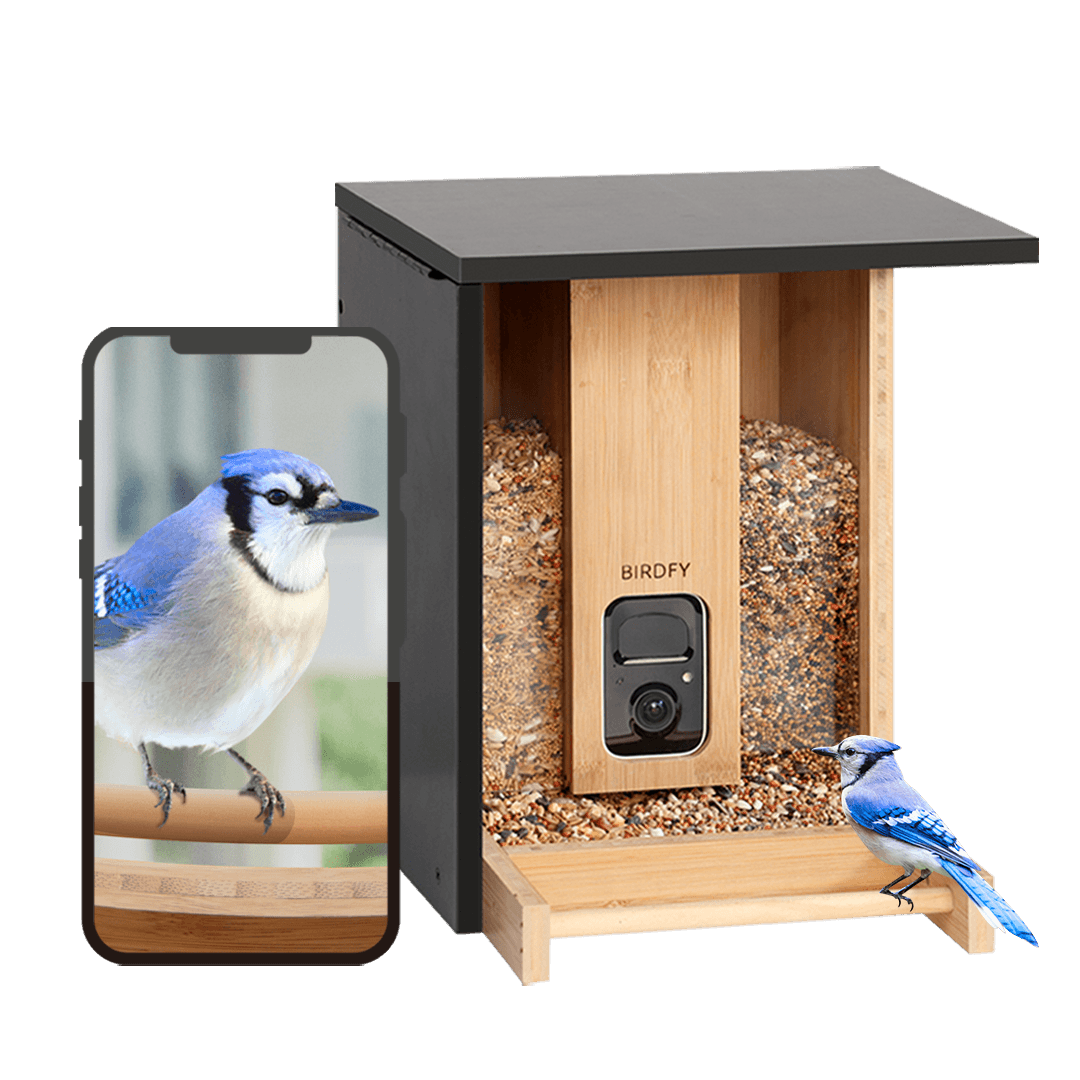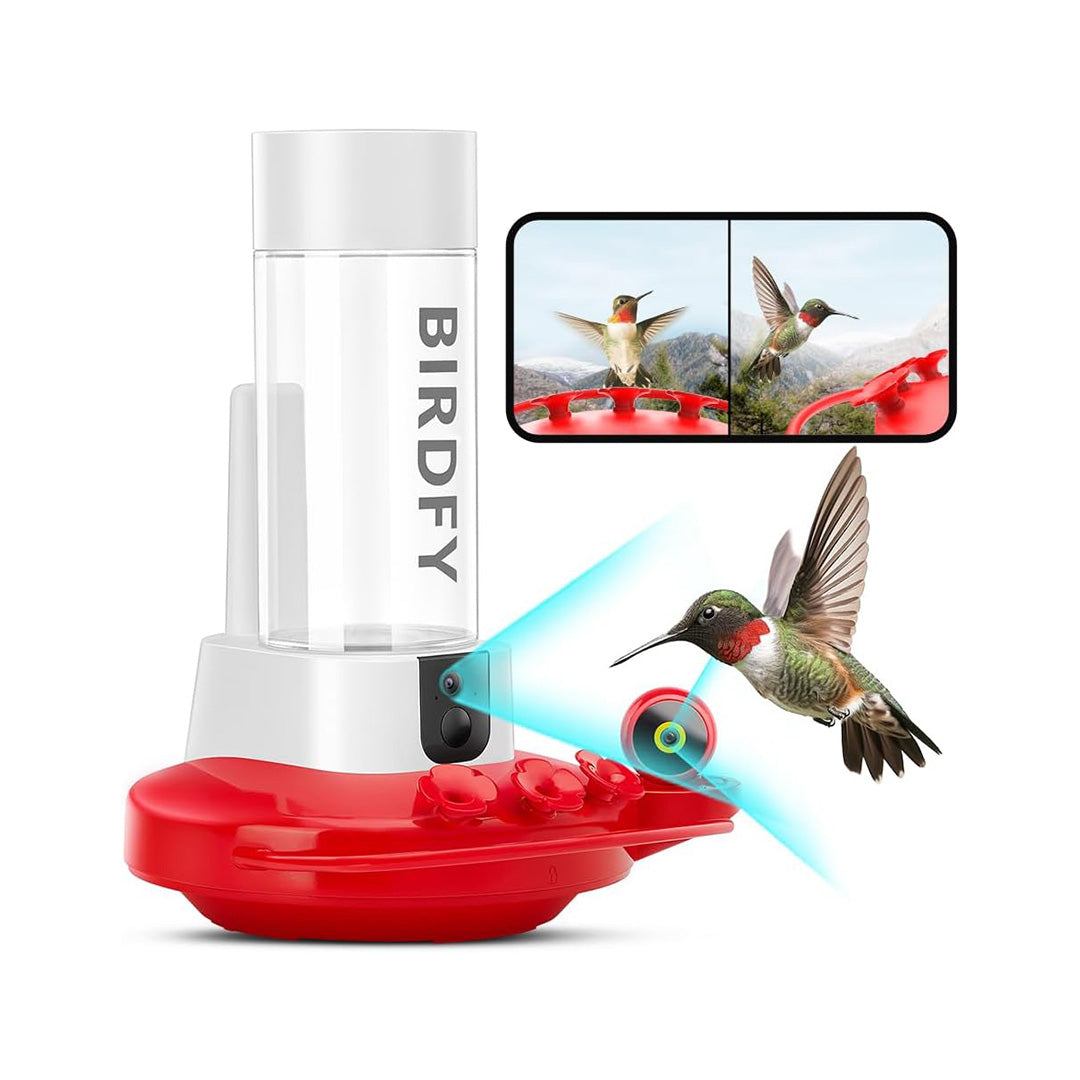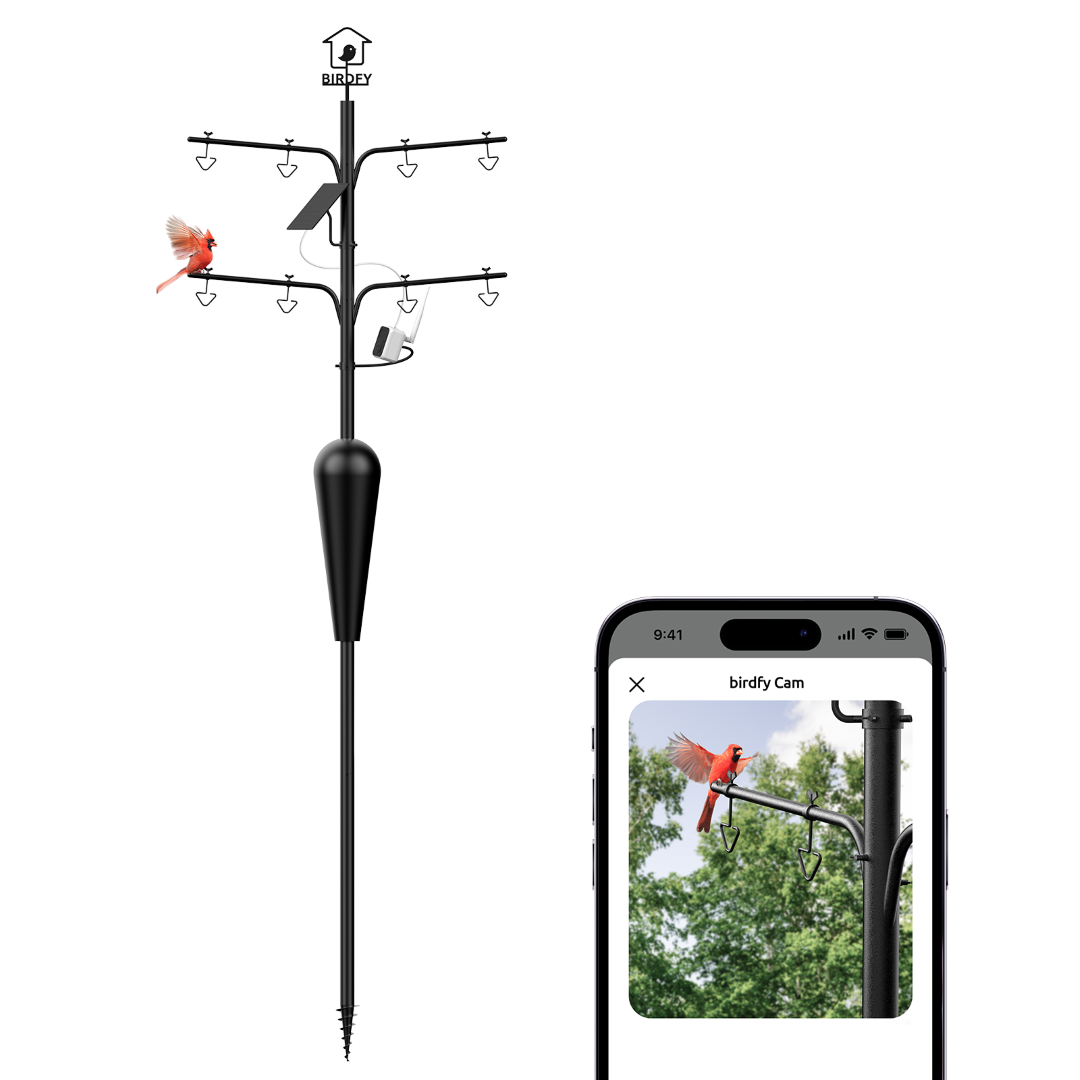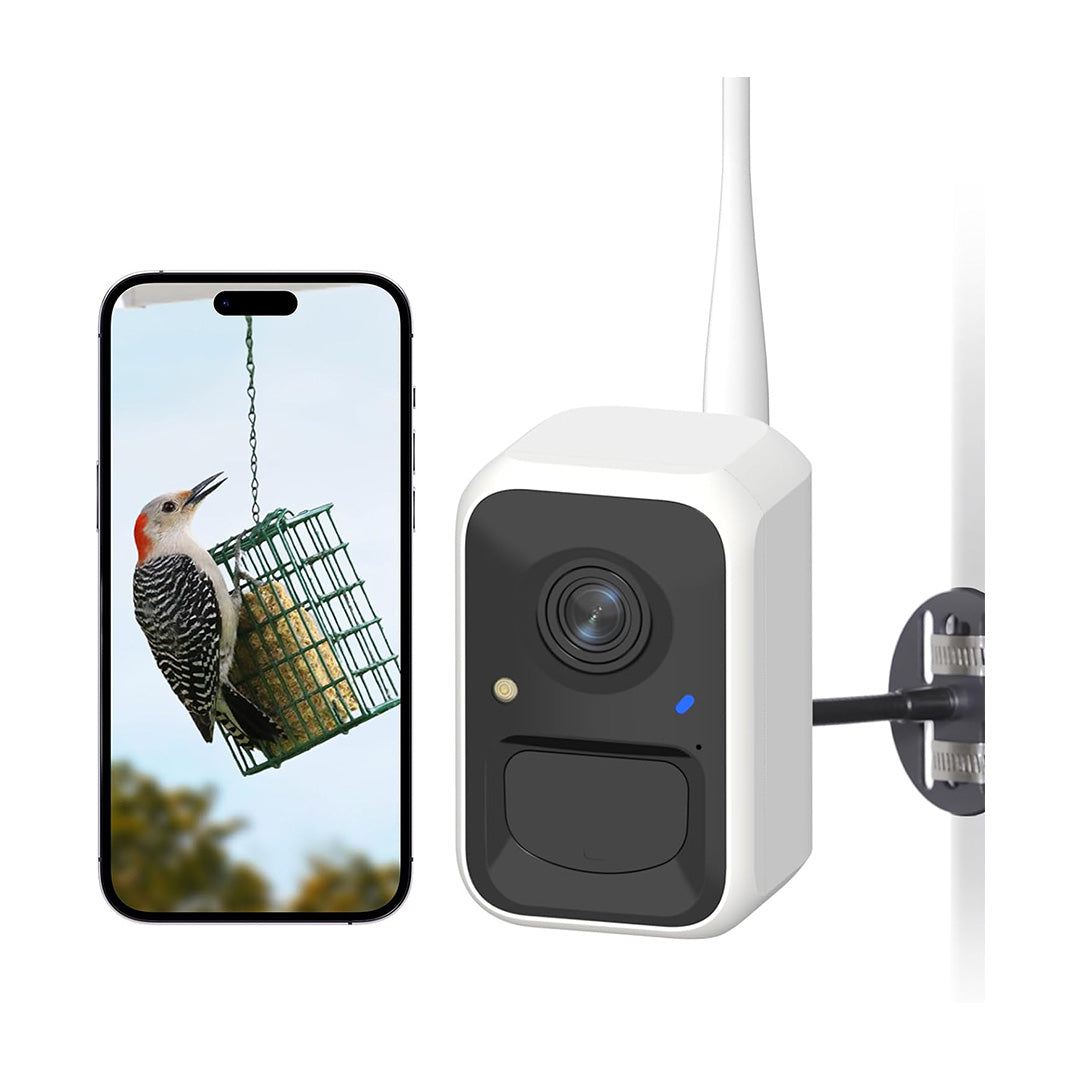Stephen Moss: Christmas Birds
Dr Stephen Moss, Global Consultant, NETVUE Birdfy
As we prepare for festive season, I tell the fascinating stories of why some birds are so closely associated with Christmas – not least through a very famous Christmas carol…
-
The Twelve Birds of Christmas
If there is one Christmas carol we can all sing, it is ‘The Twelve Days of Christmas’. Originally written down in the late eighteenth century, it was almost certainly sung for many years, perhaps even centuries, before then. It is based on a Christian tradition that may have its roots in the pagan midwinter festival of Yule, which we still refer to when we talk about the Yule log. This twelve-day period, also known as Christmastide, runs from December 25(th) (Christmas Day itself) to January 5(th), after which the festivities are over for another year.
The song recounts, in repeated, constantly building verses, the presents given each day to the singer’s ‘true love’. And that’s where the link between birds and Christmas comes in.
Most commentators suggest that the dozen verses contain six different birds: seven swans-a-swimming, six geese-a-laying, four ‘calling birds’ (I’ll look at that more deeply in a moment), three French Hens, two Turtle Doves and a Partridge in a pear tree (again, more on that curious line later on).


The other verses, at first sight at least, don’t appear to involve avian gifts – to remind you, they are: twelve drummers drumming, eleven pipers piping, ten lords-a-leaping, nine ladies dancing, eight maids-a-milking, and five gold rings. Aside from the clear impracticalities – how do you ‘give’ someone lords, ladies, pipers and milkmaids – it has always struck me as odd that only half the gifts are birds. After all, if you start with birds (and the first four verses all do), then why not continue, especially as they return in verses six and seven?
A few years ago, my agent jokingly suggested I write a book called The Twelve Birds of Christmas. Her comment made me look again at the carol, and I immediately noticed that while verse four is usually sung – and printed – as ‘calling birds’, it was originally ‘colly birds’, from an Old English word meaning black. This is the same word we use to for the name of the collie dog, and also for a familiar European garden bird, the Coal Tit. That makes much more sense that ‘calling bird’ (which could refer to any songbird), and I believe that it refers to a very common British bird, the European Blackbird.
I then looked more closely at the fifth verse, in which the singer gives his true love ‘five gold rings’. Again, I wondered why they would do so, given that it is traditional to give a single ring in a marriage proposal. Then I recalled that when I was researching my earlier book, Mrs Moreau’s Warbler: How Birds Got their Names, I had discovered that the Yellowhammer (a colourful member of the bunting and new world sparrows family), was once called the ’yoldring’. That name has long fallen into disuse, but during the period when the carol was first sung, and for some time afterwards, it would have been well-known.

So if ‘gold rings’ is actually a corruption of ‘yoldrings’, this means that the first seven gifts are all birds. At that point I looked more closely at the other five gifts (days eight through to twelve), and realised that these might also have an avian origin.
So the twelve drummers drumming could br woodpeckers, the eleven pipers piping sandpipers, the ten lords-a-leaping are surely a bird that performs its courtship display at a lek, such as the Black Grouse, the nine ladies dancing Cranes. That left just one puzzle: what could the eight maids-a-milking possibly be?
I decided that it could refer to a strange folk-tale about the European Nightjar, a close relative of the Common Nighthawk, and also Chuck-will’s-widow and the Whip-poor-will. These birds are all in the order Caprimulgiformes, which comes from the Latin word capra, meaning nanny-goat. An old folk myth suggested that when Nightjars flew around livestock at dusk, they were sucking the milk from goats – hence the folk-name ‘goatsucker’ (in fact they were catching insects attracted by the animals).

I had my dozen bird-related gifts, and so I told the story in my book The Twelve Birds of Christmas, published in 2019. As I explained in the introduction, it was intended as a light-hearted way to interpret what for me is a rather puzzling Christmas carol, and at the same time help the reader discover new things about the biological and cultural lives of these fascinating birds.
I also discovered the solution to the biggest mystery of all: why on earth would the singer give their true love ‘a partridge in a pear tree’, when partridges, as terrestrial species, do not nor ally perch in any tree, let alone one bearing fruit.
I realised that, just like gold rings/yoldrings, and calling birds /colly birds; this is a mishearing of the original song. The French word for partridge is ‘perdrix’, pronounced ‘pair-dree’. So the gift was actually ‘a partridge and a perdrix’ – two birds for the price of one!
-
The Robin

In Britain, one bird above all others is associated with Christmas: the Robin. Its official name is the European Robin, to distinguish this small member of the Old-World Flycatcher family from the much larger American Robin, found in the New World, which is actually a thrush!
As I explain in my book The Robin: A Biography (the first volume in my ‘bird biographies’ series, published in 2017), the link between Robins and Christmas is partly down to their behaviour, and partly because of a rather odd, colour-related coincidence.
Robins feed mainly on the ground, and so often struggle to find food when it snows, as it does around Christmas (or at least used to do, before the Climate Crisis). When cold and hungry, a Robin would, like other small birds, fluff up its feathers to keep warm, which makes it look rather cute. It would also come to people’s doors in the hope that it would be given some kitchen scraps to eat, and so would be a familiar bird during the midwinter season.
When the British Post Office began delivering mail in 1840, postmen were given red uniforms, and were nicknamed ‘robins’ because European Robins have a bright red (actually more like orange) breast. When Christmas cards were invented soon afterwards, artists often used an illustration of a Robin in a postman’s uniform, holding the card in its beak. The association between Robins and Christmas was complete, and continues to this day – many of the cards I get this year will feature a Robin on the front!
-
The Christmas Turkey

In America, and indeed in Britain and in many other places around the world, the bird most closely associated with Christmas Day is, of course, the Turkey. Worldwide, we consume over six million tons of turkey meat every year; and in the US alone, in just one year (2020), 2.4 million tons of turkey meat were sold – roughly 200 to 300 million birds – which works out as over sixteen pounds of meat per person. This is of course not just at Christmas, but also for day-to-day meals, as well as Thanksgiving – but an awful lot of those birds are cooked and eaten over the short festive holiday.
The turkeys we consume are the domesticated form of the Wild Turkey – the world’s largest gamebird, which is found cross much of North America. When the Pilgrims arrived on the ship the Mayflower, in November 1620, they depended on the meat from Wild Turkeys shot in the woods and forests around their new home – had these birds not been so readily available that might well have perished, and not been able to establish their colony. In that case, as I describe in my recent book Ten Birds that Changed the World, the history of North America might have developed very differently.
Later, the species almost followed in the footsteps of the Passenger Pigeon, Carolina Parakeet and Ivory-billed Woodpecker, and went extinct. But fortunately, at the eleventh hour, America’s Wild Turkeys were brought back from the brink, and today the species is thriving.
So this Christmas, as you consume a roast turkey – or, if you prefer, the vegetarian or vegan equivalent – remember the fascinating history of this majestic bird; the one that statesman Benjamin Franklin argued should have been voted – instead of the Bald Eagle – as America’s national bird!
If you want to know more about birds and Christmas, check out my book The Twelve Birds of Christmas, and my The Robin: A Biography, both published by Square Peg (Penguin Random House). Ten Birds that Changed the World, which includes a chapter on the Wild Turkey, is published in the UK by Guardian Faber, and in the USA and Canada by Basic Books.

